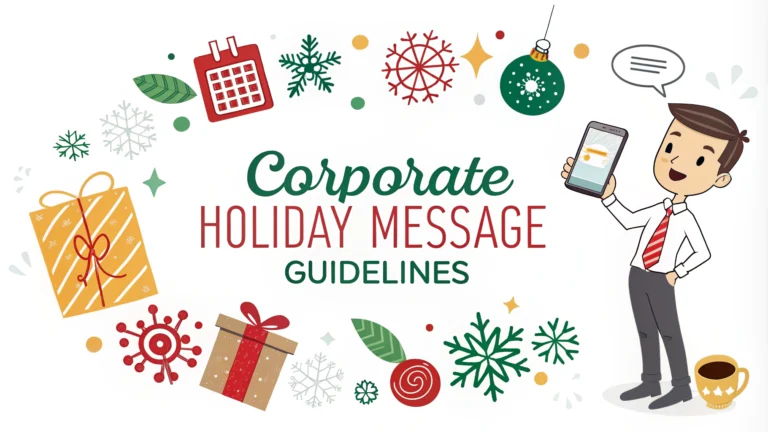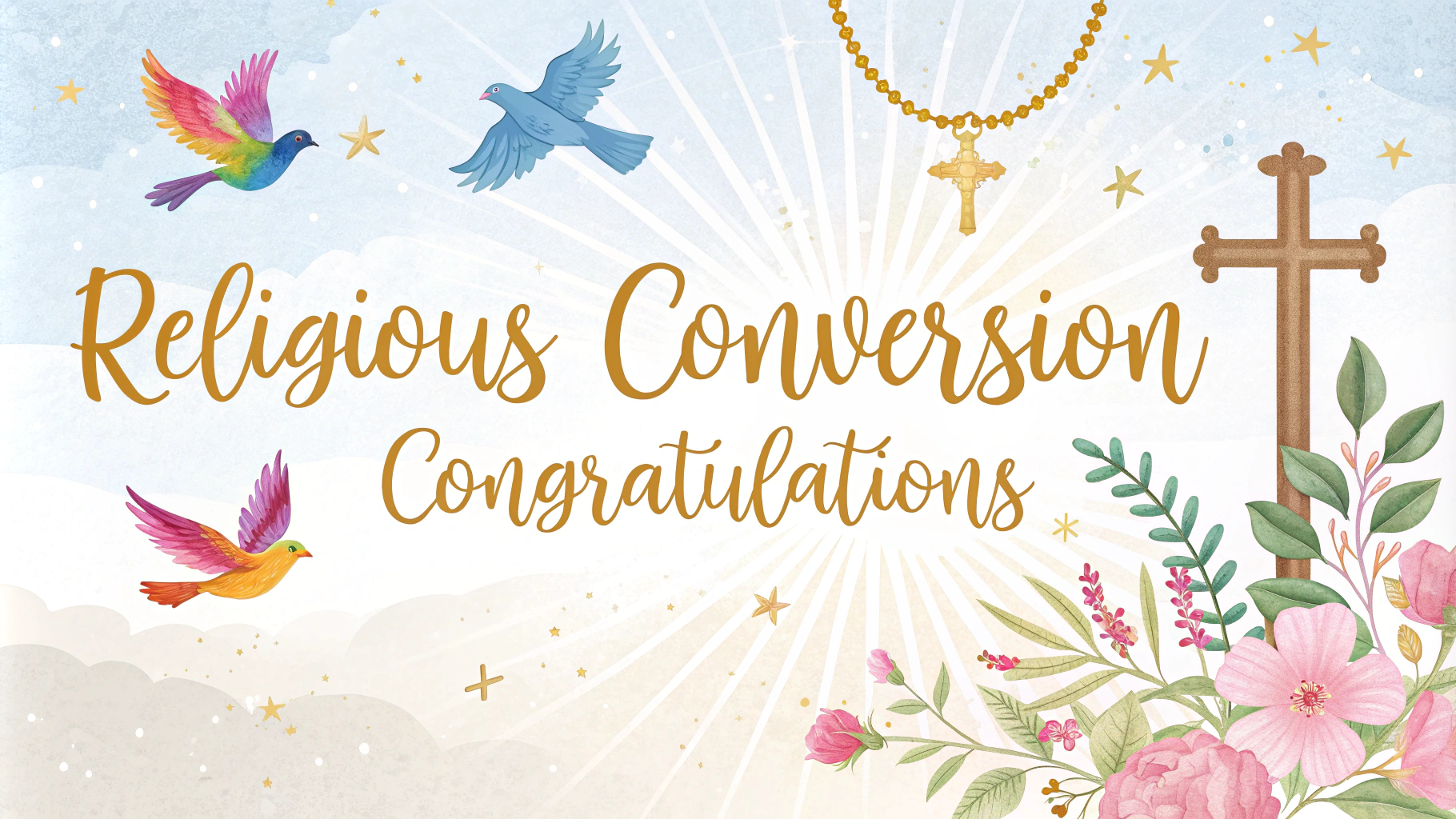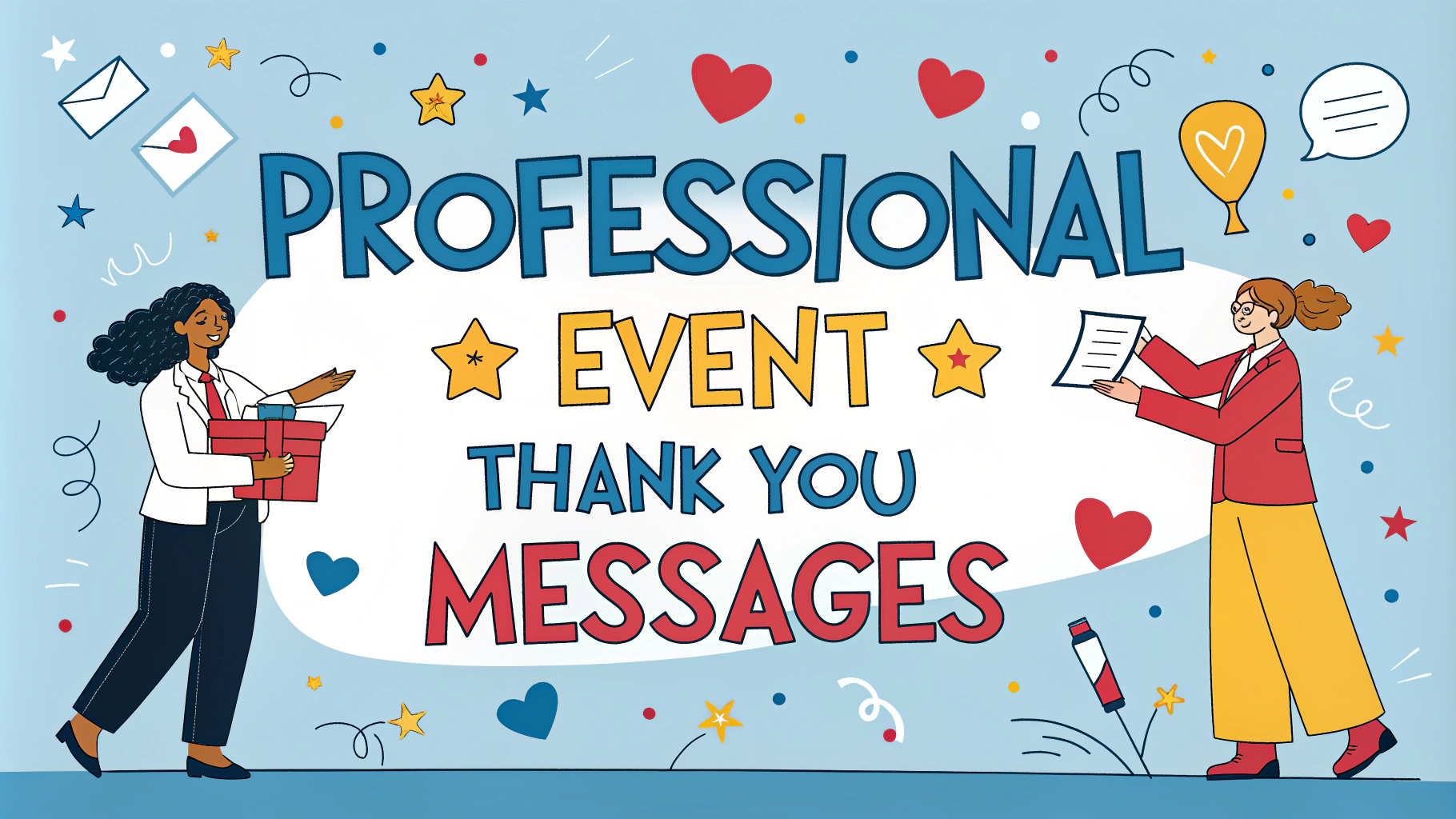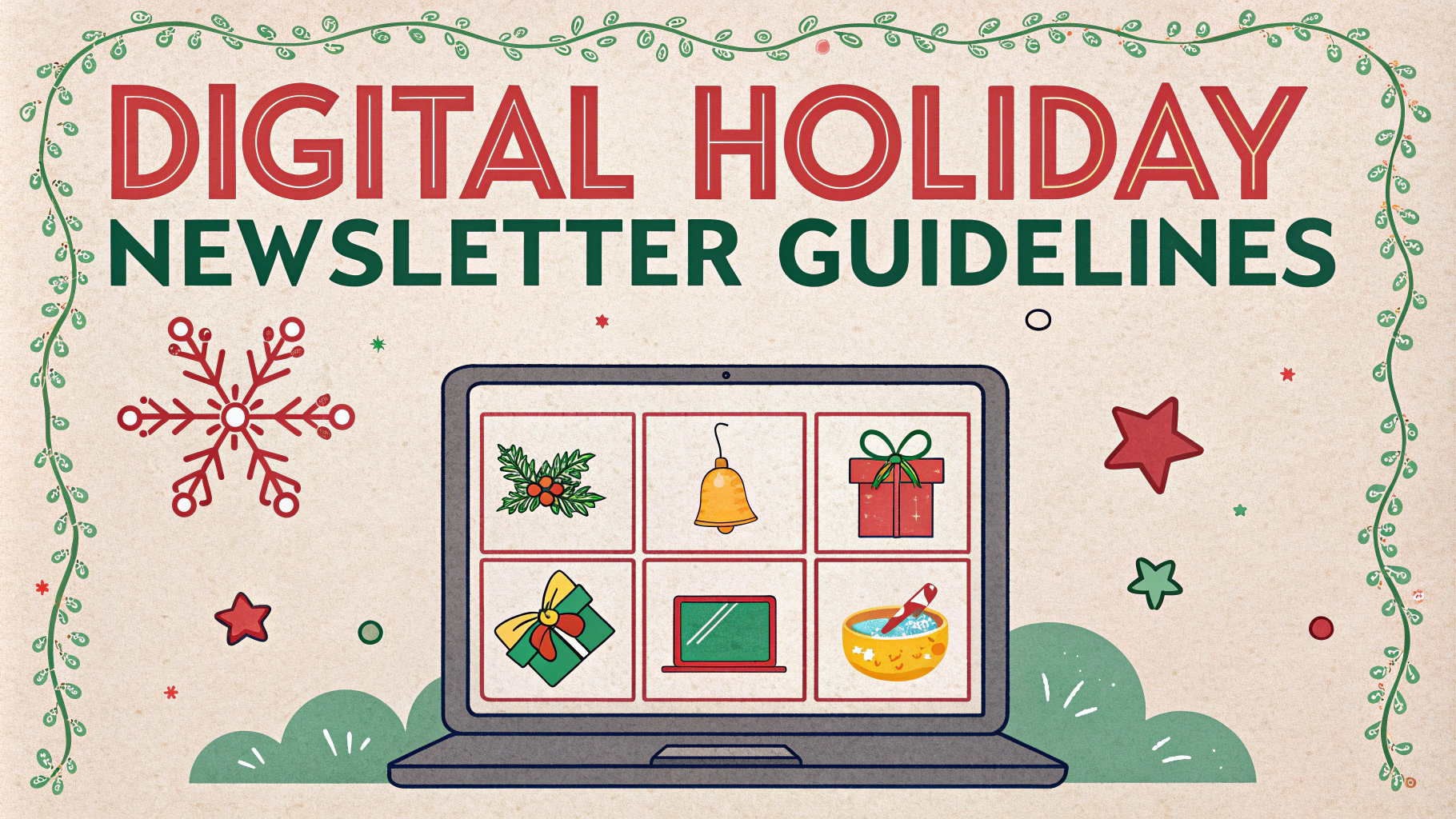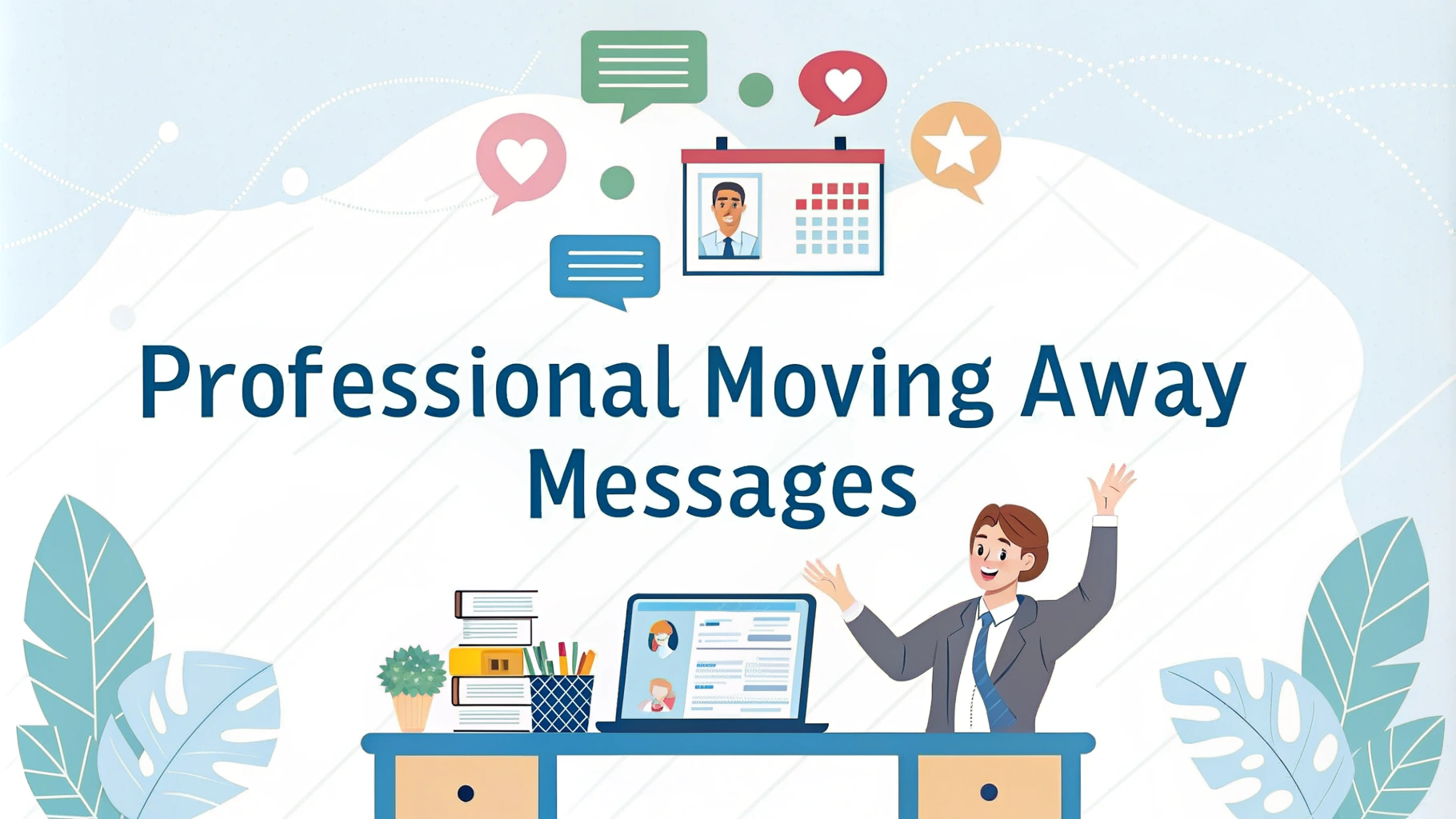Sending holiday messages to employees, clients, and business partners requires a thoughtful approach that balances professionalism with warmth.
Key Elements of Corporate Holiday Messages
The most effective corporate holiday messages maintain a professional tone while expressing genuine appreciation and goodwill.
- Keep messages inclusive and nondenominational
- Express gratitude for business relationships
- Acknowledge team contributions
- Share relevant company achievements
- Include forward-looking statements
Sample Message Templates
Timing Guidelines
| Recipient Type | Recommended Timing |
|---|---|
| Internal Staff | 1-2 weeks before holiday break |
| Clients/Customers | Early December |
| Business Partners | Mid-December |
Best Practices
- Personalization: Address recipients by name when possible
- Branding: Include company logo and consistent design elements
- Distribution: Choose appropriate channels (email, cards, social media)
- Proofreading: Have multiple team members review before sending
What to Avoid
- Religious-specific greetings
- Overly casual language
- Hard selling or promotional content
- Generic mass messages
Consider setting up an automated response system for holiday-related inquiries during office closures.
Document your holiday message strategy for consistency across departments and future reference.
Need professional guidance? Contact your company’s communications department or a corporate communications consultant.
Additional Considerations
Corporate holiday messages also serve as an opportunity to reinforce company values and strengthen relationships. Consider these additional elements when crafting your messages.
Cultural Sensitivity
- Research cultural celebrations in different regions
- Consider time zone differences for global teams
- Adapt message tone for different markets
- Include translations for international recipients
Digital Integration
- Create mobile-responsive email designs
- Incorporate seasonal website updates
- Plan social media content calendar
- Consider video messages for key stakeholders
Message Impact Tracking
| Metric | Measurement Method |
|---|---|
| Email Open Rates | Analytics tracking |
| Response Rate | Reply monitoring |
| Social Engagement | Likes, shares, comments |
Conclusion
Effective holiday messaging strengthens professional relationships and reflects company values. Success lies in striking the right balance between professional courtesy and genuine warmth while maintaining inclusivity and timing considerations.
Regular review and updates of your holiday communication strategy ensure continued relevance and impact in maintaining professional relationships throughout the festive season.
Remember: Document feedback and results to refine your approach for future holiday seasons.
FAQs
1. What are the key components that should be included in a corporate holiday message?
A corporate holiday message should include a warm greeting, expression of gratitude, acknowledgment of the year’s achievements, good wishes for the holiday season, and positive outlook for the upcoming year.
2. When is the appropriate time to send corporate holiday messages?
Corporate holiday messages should be sent between early and mid-December, typically no later than December 15th, to ensure receipt before most employees and clients begin their holiday breaks.
3. Should religious references be included in corporate holiday messages?
It’s best to keep corporate holiday messages secular and inclusive, using general seasonal greetings like “Happy Holidays” or “Season’s Greetings” to respect diverse beliefs and cultures.
4. What tone should be used in corporate holiday messages?
The tone should be professional yet warm, maintaining corporate professionalism while conveying genuine appreciation and festive spirit. Avoid being too casual or overly formal.
5. How should corporate holiday messages be personalized for different audiences?
Messages should be tailored differently for employees, clients, and stakeholders, with specific acknowledgments of their contributions, relationship value, or partnership significance.
6. What are the best delivery methods for corporate holiday messages?
Digital methods include email, company intranet, or social media platforms. Traditional methods include printed cards or letters. Choose based on audience preference and company culture.
7. How can corporate holiday messages be made more inclusive for a global workforce?
Acknowledge various cultural celebrations, use inclusive language, and consider time zones and different holiday traditions when crafting and sending messages.
8. What common mistakes should be avoided in corporate holiday messages?
Avoid political statements, religious specificity, inappropriate humor, grammatical errors, and overly sales-focused content. Also avoid mass-produced generic messages without personalization.
9. Should corporate holiday messages address challenging business years?
Yes, but tactfully. Acknowledge challenges while focusing on resilience, teamwork, and optimism for the future. Keep the overall tone positive and forward-looking.
10. How can companies ensure consistency in holiday messaging across departments?
Develop clear guidelines for holiday communication, provide templates, and have a review process to ensure all departmental messages align with company values and tone.
